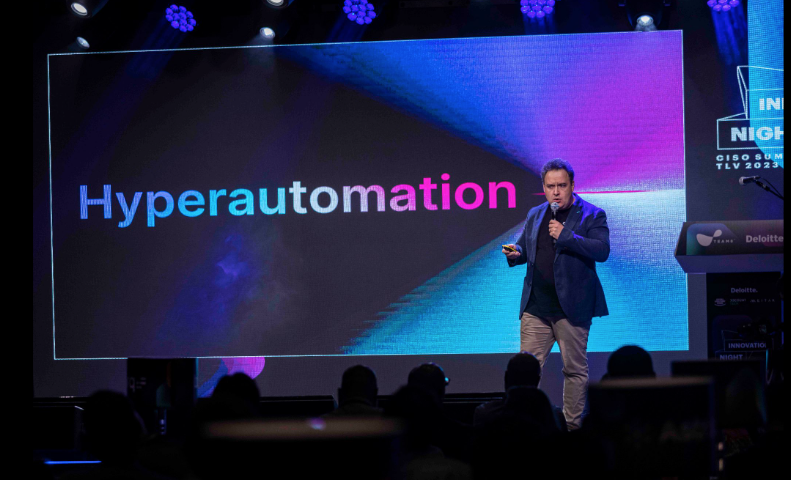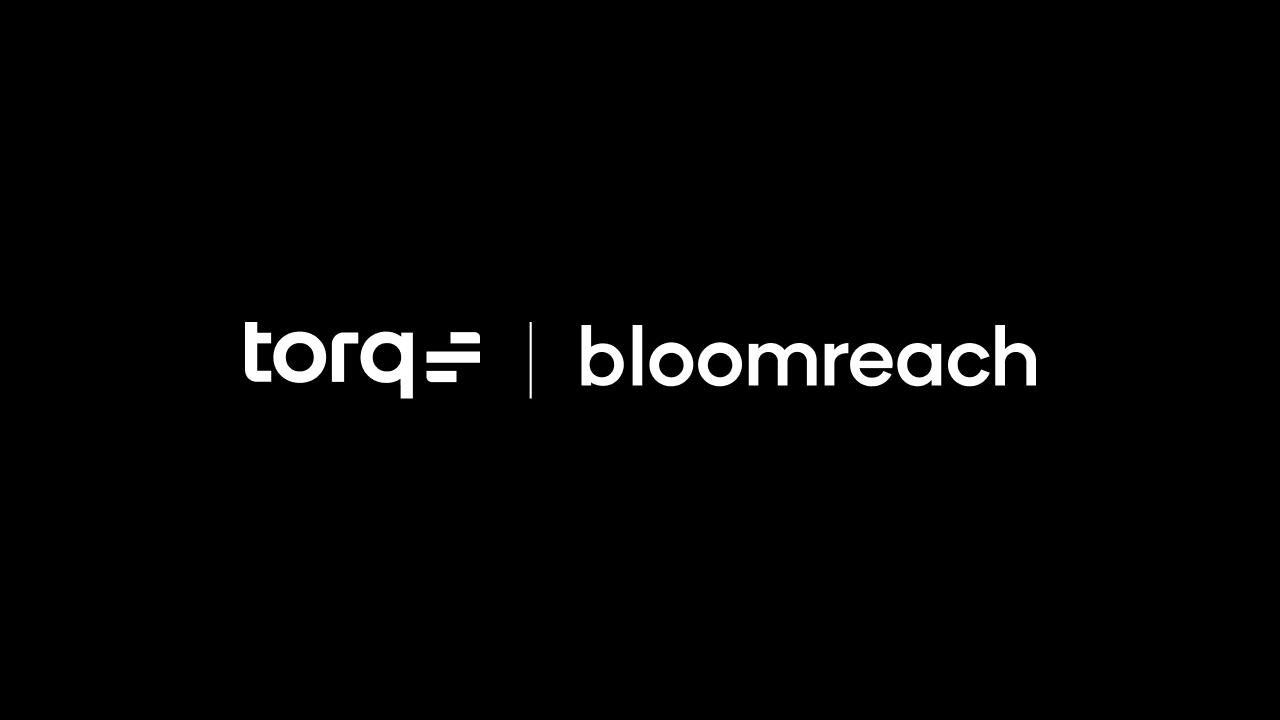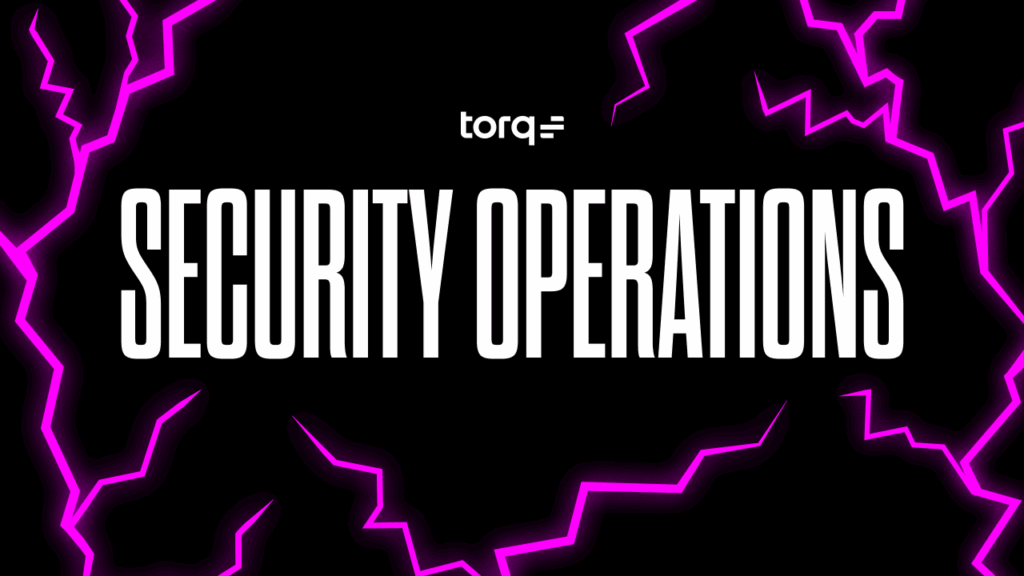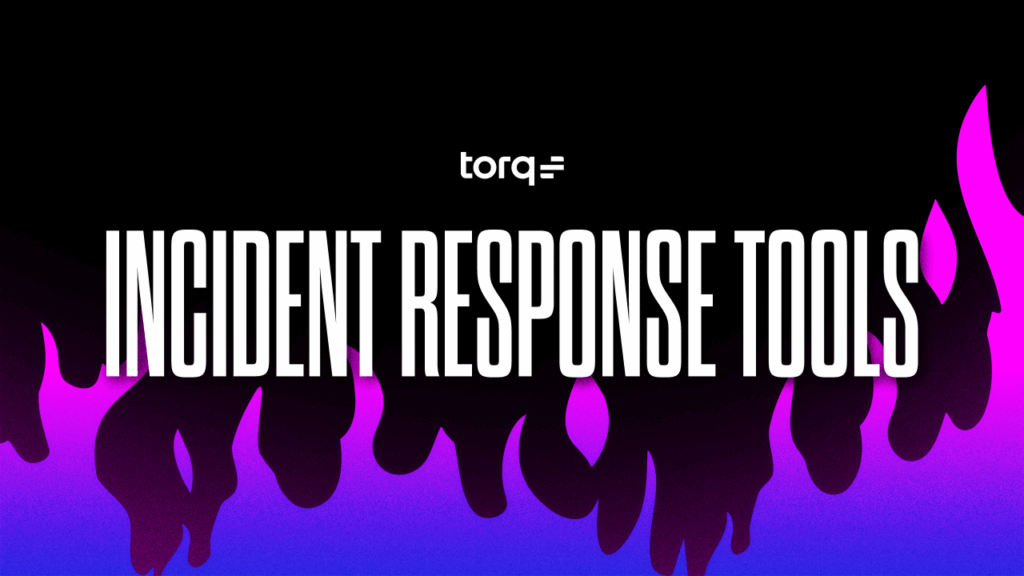The benefits of hyperautomation are well documented. But it can be challenging to determine where to get started.
Maybe you’ve been burned by outdated and antiquated solutions, like legacy SOAR, that were so complex, costly, and time consuming that a path forward seemed impossible.
At Torq, the journey to true hyperautomation is a three-phased approach that will transform your security posture and result in more than 90% of SOC processes automated.
- Phase 1: Task automation
- Phase 2: Process automation
- Phase 3: AI-driven hyperautomated SOC
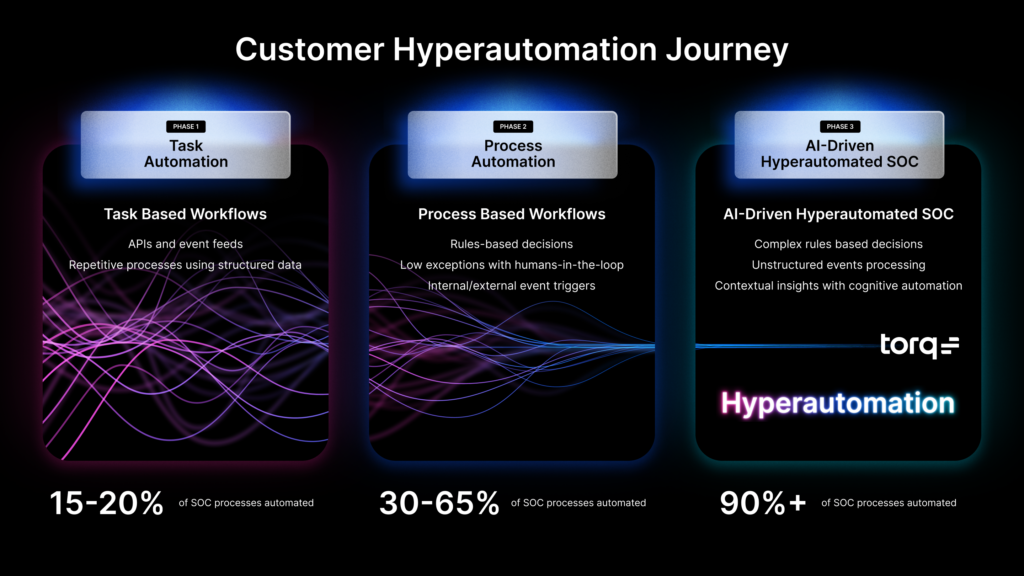
Let’s examine each of the three phases of the hyperautomation journey.
Phase 1: Task Automation
The journey starts by determining which specific tasks require significant manual effort from SOC analysts. The goal is to automate repetitive, rule-based tasks – it’s essentially laying the bricks for your cybersecurity foundation. We use APIs and event feeds to pull data and automate tasks that would otherwise consume your team’s valuable time.
During this phase, you can automate a broad spectrum of task-based workflows, such as IOC enrichment, ticket triage, audit processes, and tasks related to handling vulnerabilities.
This phase can run anywhere from two weeks to three months based on your organization’s maturity and whether you’ve pre-determined what to automate. The timing is also dependent on the priority your organization places on automation creation and implementation.
It gives you a solid start on your hyperautomation journey. Once completed, you’ll have automated roughly 15% to 20% of SOC processes.
Phase 2: Process Automation
Now that you’ve laid the foundation, the second phase focuses on automating process-based workflows. Here is where we automate entire security workflows and processes, not just tasks. You’ll automate rules-based decision making and allow for a few exceptions where human judgment is required. Internal and external event triggers help in seamless flow to create a more robust, responsive, and intelligent automated system.
Process automation requires extensive communication with your technology stack and tailoring use cases from start to finish. During this phase, multiple tasks converge to serve a specific use case, where Torq bridges all of the different elements, reducing user dependency. The goal is to involve users solely in critical decision-making aspects.
The result is quicker identification of threats and risks, which allows for immediate action and a reduction of the window of exposure.
Based on organizational maturity and the priority your organization puts on automation creation and how much time to spend, this phase ranges from a few weeks to six months.
Once phase two is completed, you’ll have automated 30% to 65% of SOC processes.
Phase 3: AI-Driven Hyperautomated SOC
The third and final phase of your hyperautomation journey is harnessing the power of AI to hyperautomate your SOC. It’s this phase where you integrate AI and machine learning to deal with complex decision-making processes. Torq processes unstructured events to deliver contextual insights through cognitive automation. To do this, you’ll leverage your processes and technology solutions alongside large language models (LLMs).
The goal of this phase is to streamline day-to-day tasks through a combination of workflow automation, your security stack, and AI – all driven by your unique business logic. It combines the power of both process and AI to enhance efficiency and address your business needs.
This phase varies in duration based on the time it took for you to complete the first two phases. But once completed, you’ll achieve true automation and will have successfully automated more than 90% of your SOC processes.
Achieve True Hyperautomation
Once you’ve completed all three phases of the journey, you’ll have evolved from basic task automation to an advanced, AI-driven, hyperautomated SOC. You’ll have automated more than 90 percent of your SOC processes, and your security team will be able to focus on only the most complex and nuanced issues. And your SOC analysis will be relieved to have automations that can support them 24/7.
You’ll have achieved true hyperautomation.
Ready to start the journey to true hyperautomation? Request a demo.

